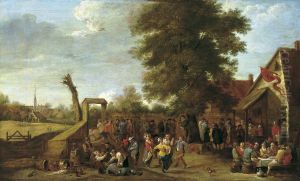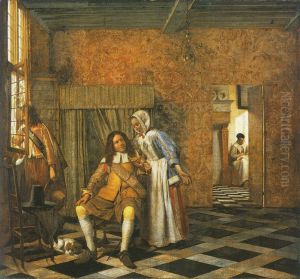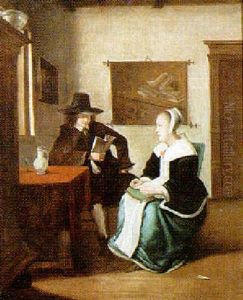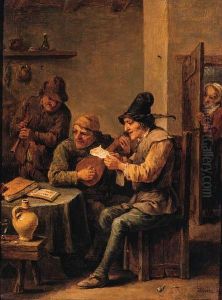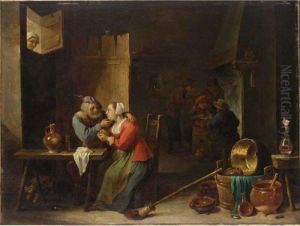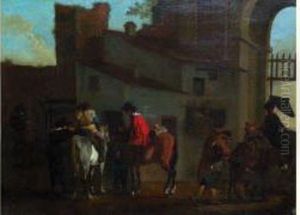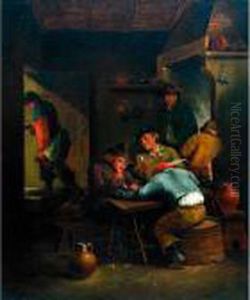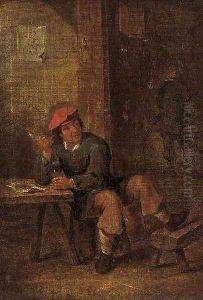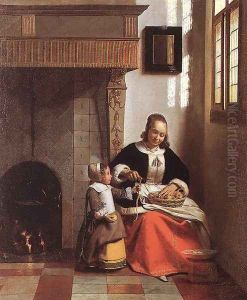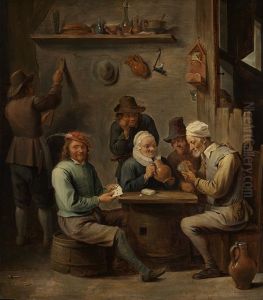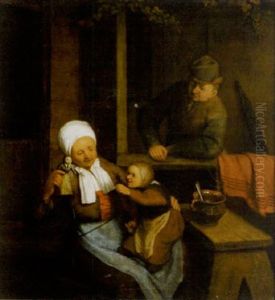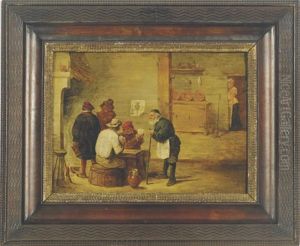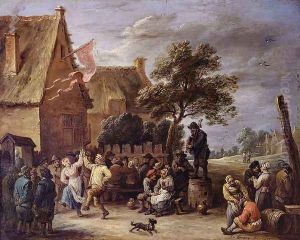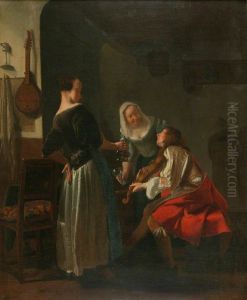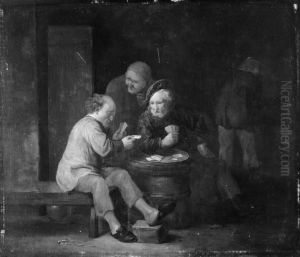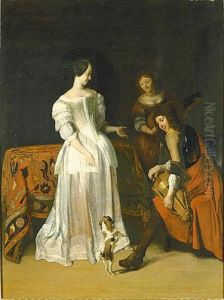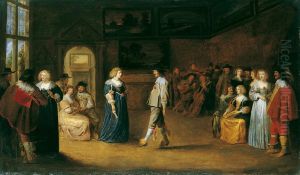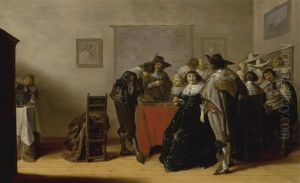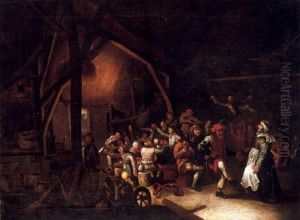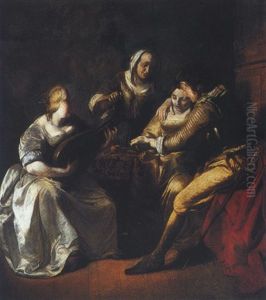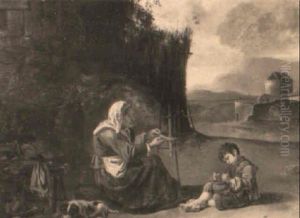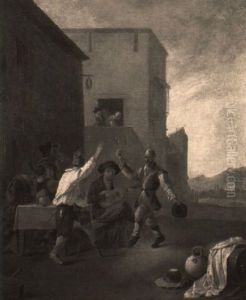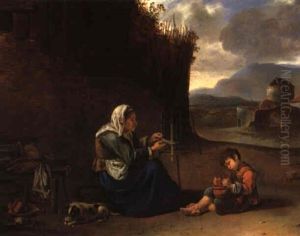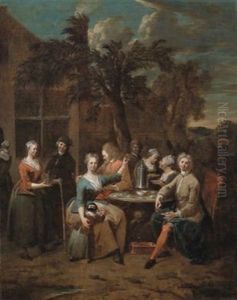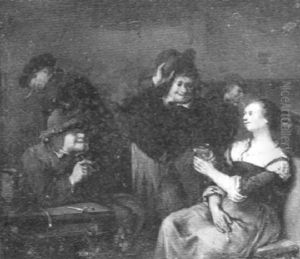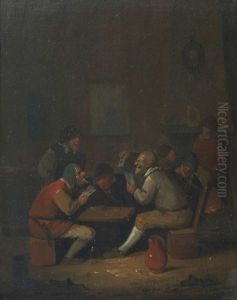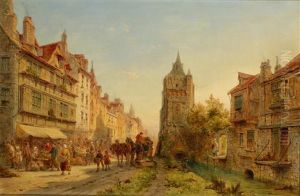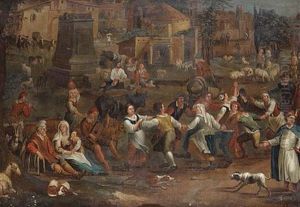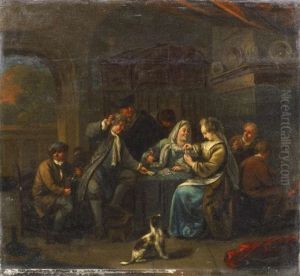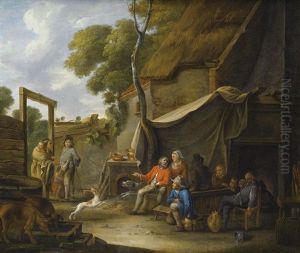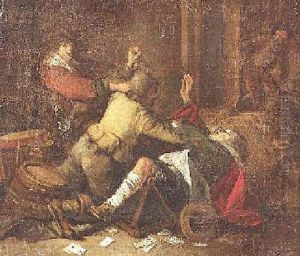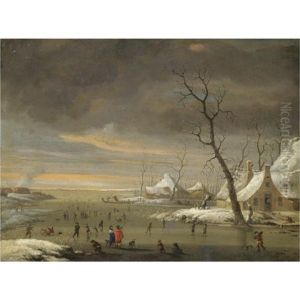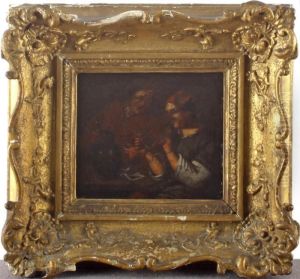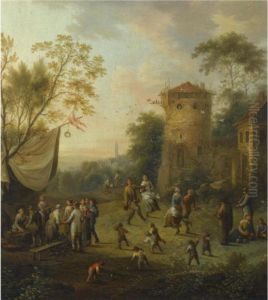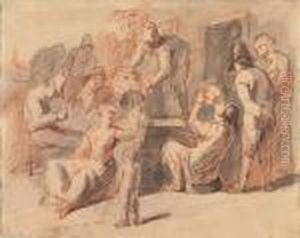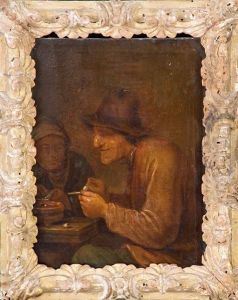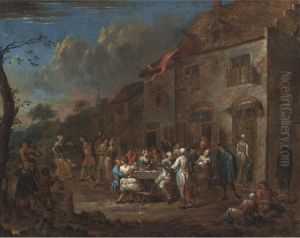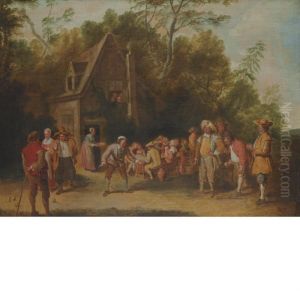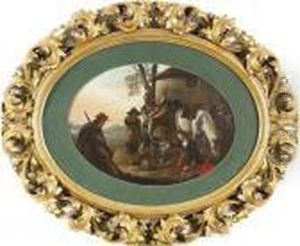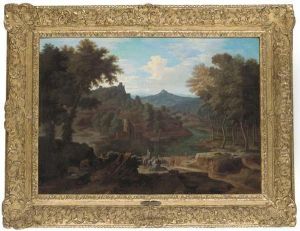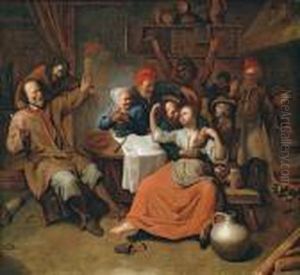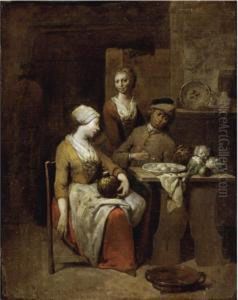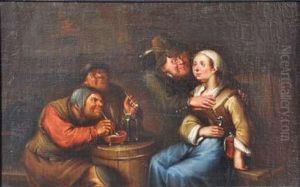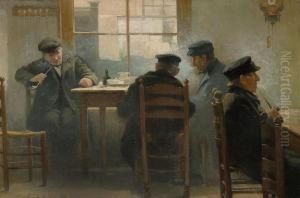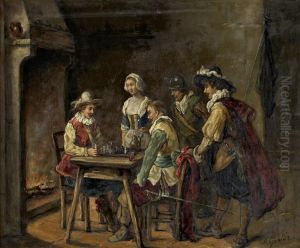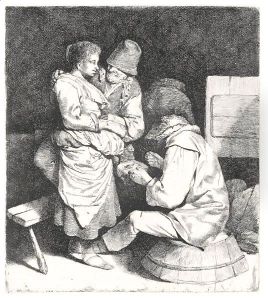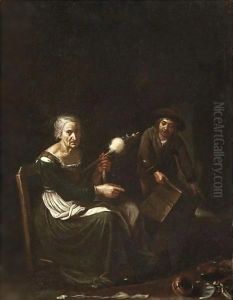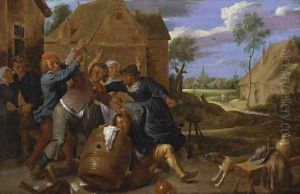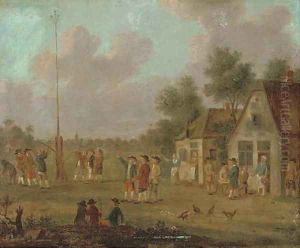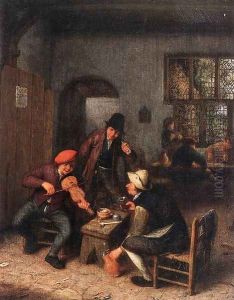Social Life In The 17th Century Paintings
ExploringSocial Life in the 17th Century
The Social Life in the 17th Century was a vibrant tapestry woven with intricate social structures, cultural shifts, and artistic expressions. This era, marked by significant historical events and artistic movements, offers a fascinating glimpse into the daily lives of people. From the opulent courts of Europe to the bustling streets of burgeoning cities, the dynamics of social interactions were complex and varied.
During this time, the rise of the bourgeoisie and the decline of feudalism reshaped societal norms. The Social Life in the 17th Century was characterized by a growing emphasis on individualism and personal expression. Art played a crucial role in this transformation, as artists captured the essence of human experience through their masterpieces. The emergence of genres such as portraiture and still life reflected not only the status of individuals but also the changing tastes of society.
In the realm of leisure, gatherings, and festivities became central to community life. Theater, music, and dance flourished, providing entertainment and a means for social commentary. The Social Life in the 17th Century also saw the influence of emerging philosophies that questioned traditional beliefs and encouraged intellectual discourse. This period was a breeding ground for ideas that would shape modern thought and culture.
Moreover, the impact of religion cannot be overlooked. The interplay between faith and daily life influenced social hierarchies and community relationships. Understanding the Social Life in the 17th Century requires an appreciation of these diverse elements that shaped human interaction and cultural development.
As you delve into the rich history of this era, consider how these artistic reproductions not only reflect the aesthetics of the time but also serve as windows into the social fabric of 17th-century life. Each piece captures the essence of an age where art and society were intricately linked, allowing us to appreciate the profound legacy left behind.
